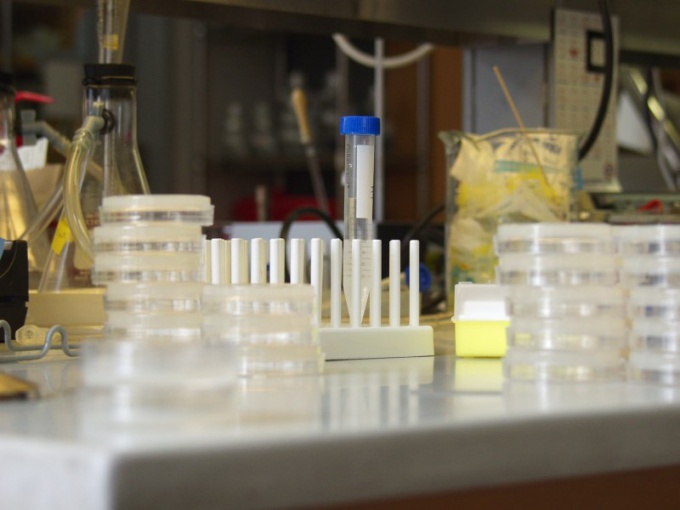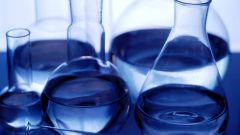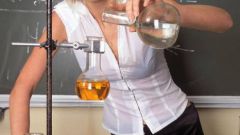Instruction
1
First, make sure that the test solution is acid. The most basic method to achieve the goal - to use the indicator. For example, litmus and methyl orange in acidic environment will turn red, the phenolphthalein will remain white.
2
Next, examine what is available to your look. Hydrochloric acid fumes (there is light white smoke, similar to steam), particularly in the humid air. Looking closely, you will definitely notice this property. Just do not forget about caution, or risk getting a burn on the skin, mucous membranes or respiratory tract. In addition, this compound has a sharp unpleasant odor. But if you decide to use such a sign, be sure to observe the safety precautions (careful strokes the palm direct the air to himself, not stoop to the container and do not inhale deeply).
3
Then take a small glass (subject) and place two drops of one of the studied acid and the other ammonia solution (ammonia). If the acid salt, there will be white smoke (hydrochloric acid in the amount of one drop to soar). Following reaction takes place with the formation of ammonium chloride: NH3 + HCl → NH4Cl.
4
You can also use another chemical property. To carry out the reaction of interaction with strong oxidizing agents (potassium permanganate, manganese dioxide), which is accompanied by release of chlorine gas: 2KMnO4 + 16HCl → 5Cl2↑ + 2MnCl2 + 2KCl + 8H2O. A slight odor of chlorine will help you to determine.
5
Use the demonstration method is the reaction with silver nitrate. The tube containing the unknown acid add 2-3 drops of silver nitrate (AgNO3 leaves the skin with black spots, so work better with gloves). The appearance of a white precipitate, resembling cottage cheese, will clearly indicate the presence of chloride ion. The reaction proceeds as follows: AgNO3 + HCl = AgCl ↓ (cheesy white precipitate) + HNO3. After some time, the sediment hardens, forming plaque on the walls of the tube.


